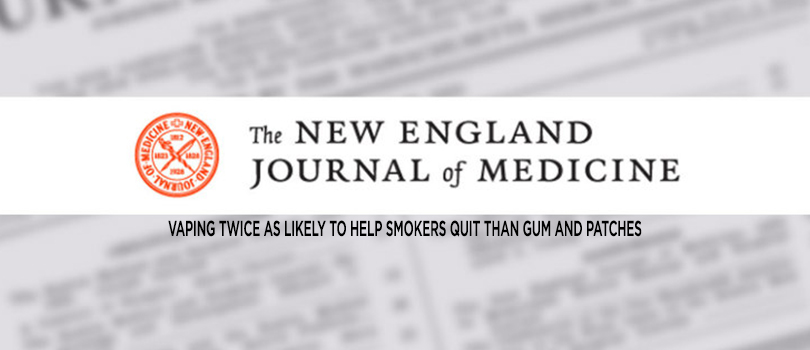
NVC contracted CHANGE (www.airqualitychange.com) to oversee the indoor air quality study that would show whether e-cigarette vapor may present a risk for bystanders. In 2011 data was collected at Clarkson University’s Center for Air Resources Engineering & Science. Data was presented to an independent toxicologist in December 2011 and analyzed. Over the last two months… the paper was written.
The full article has been submitted for publication in a peer reviewed journal and we hope it will be published quickly as the results are the first to show that the contents of e-cigarette vapor pose no “significant risk” to bystanders.
This data will be presented to legislatures and health departments in localities where e-cigarette bans have been proposed. We hope they will favor scientific evidence over the fear mongering tactics used by the anti-e-cigarette organizations.
The abstract below gives a summary of the results.
IVAQS Project Abstract
Characterization of High Nicotine Electronic Cigarette Liquids (E-Liquids) for Assessing the Impact of E-cigarette Vapor on Indoor Air Quality
1McAuley, TR*, 2Hopke, PK, 2Zhao, J, 4Babaian, S
*Address correspondence to Timothy R. McAuley, Consulting for Health, Air, Nature, & a Greener Environment, LLC, 14 Stonehurst Drive, Queensbury, NY 12804-9358 email: [email protected]
ABSTRACT
Context: Electronic cigarettes (e-cigarettes) have earned considerable attention in recent years as an alternative to smoking tobacco, but uncertainties about the impact on health and indoor air quality have resulted in proposals for bans on indoor e-cigarette use.
Objective: To assess the impact on indoor air quality and public health relating to the use of e-cigarettes, a series of studies were conducted using e-cigarettes and standard tobacco cigarettes.
Methods and Materials: Four different high nicotine e-liquids were vaporized in two sets of experiments by generic 2-piece e-cigarettes to collect emissions and assess indoor air concentrations of common tobacco smoke byproducts. Tobacco cigarette smoke tests were conducted for comparison.
Results: Comparisons of the pollutant concentrations were made between e-cigarette vapor and the tobacco smoke samples. From these results, toxicity analysis (based on a 40 m3 room) evaluated HIs (Total Cumulative Hazard Indices) and ELCRs (Excess Lifetime Cancer Risks) from all pollutants compared to acceptable Risk Limits. Non-cancer risk analysis revealed “No Significant Risk” of harm to human health for vapor from e-liquids (A-D). In contrast, for tobacco smoke most findings markedly exceeded the HI Risk Limit indicating a condition of “Significant Risk” of harm to human health. No cumulative ELCR for vapor from e-liquids A-D exceeded the Cancer Risk Limit for either children or adults. The tobacco smoke sample approached the ELCR Risk Limit for adult exposure.
Conclusions: Electronic cigarettes produce very small exposures relative to cigarettes and are not likely to produce discernible cancer or non-cancer related health effects.
Acknowledgements
The authors would like to recognize that this research would not have been possible without many contributions made by key individuals who brought additional expertise to this research. We would like to thank Peter W. Woodman, Ph.D for the toxicological risk analysis, Mary Bielaska, Esq. for her legal counseling, Murray Laugesen, FNZCPHM for his suggestions on methodology, Yolanda Villa, Esq. for her consulting support, Janet Andersen for her administrative support, Victoria Vasconcellos and others listed below for their financial support as well as hundreds of National Vapers Club members who provided individual financial contributions.
From Ivaqs.com








